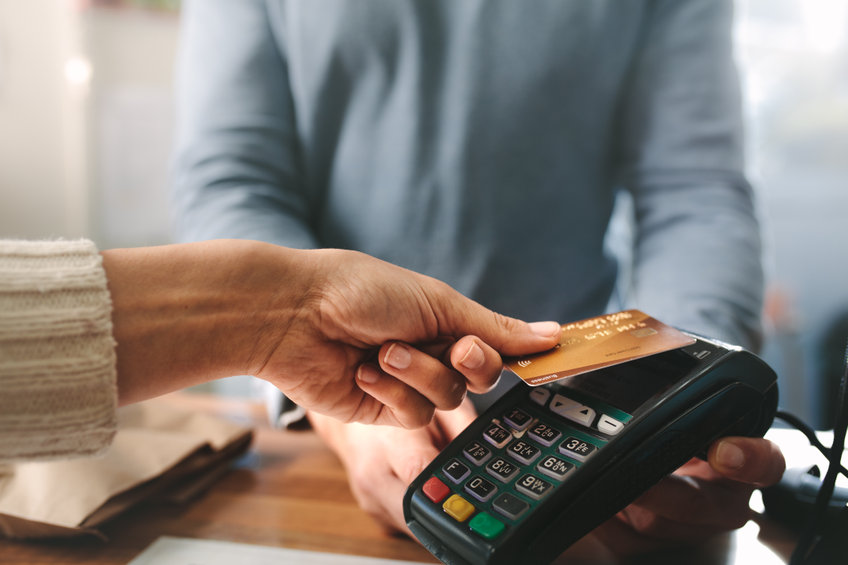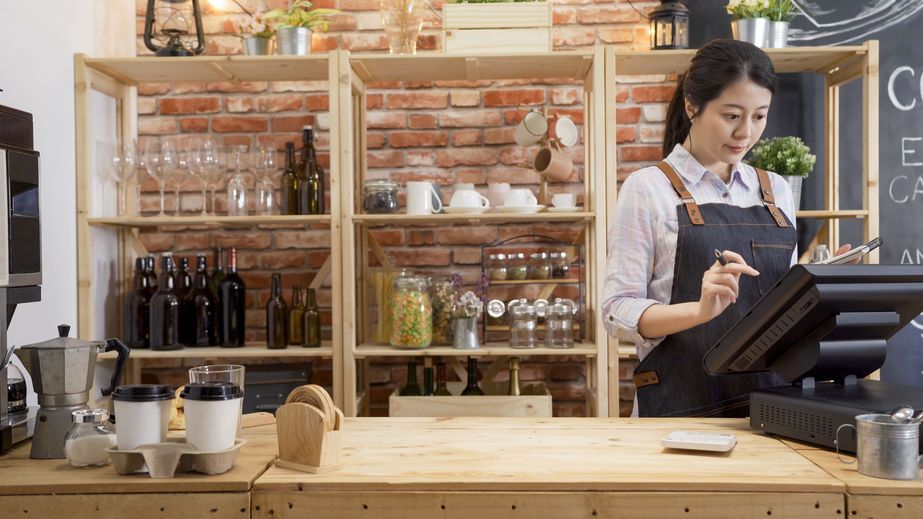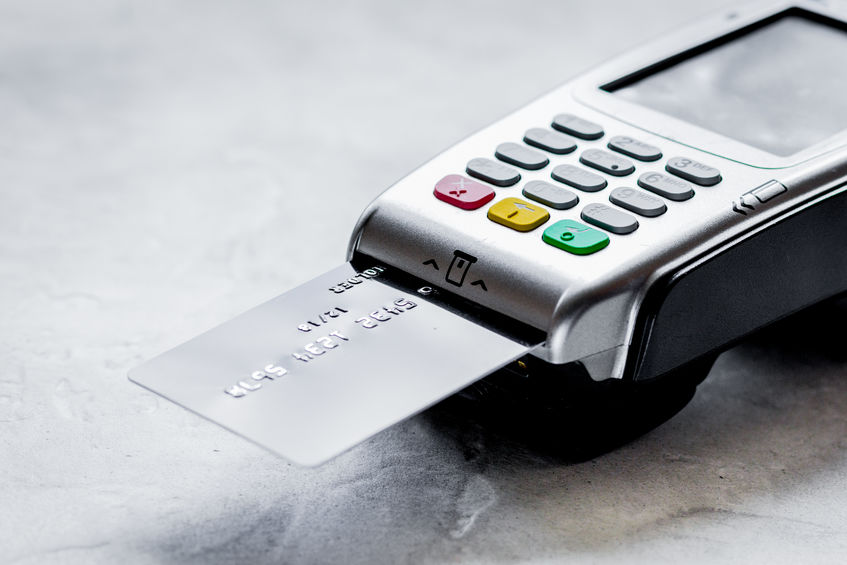How to Get a Credit Card Reader Payment Gateway for my Business?
Having a payment gateway that accepts credit cards on-site is important for most modern businesses, and it’s an absolute must for retail businesses, where cash-only sales are all but extinct. But how do you go about getting a credit card reader? The good news is that getting set up with a reader isn’t that hard, and might be as simple as a call to your payment processor. However, before you can do that, you do have to put some thought into what type of credit card reader is right for you. Below, we’ll look at the four key questions you need to ask yourself when analyzing your company’s needs. Answering each will ensure you get set up with the ideal card reader with as little headache as possible.
Do I need a Point-of-Sale System or a Stand-Alone Card Reader?
The nature of your business will determine whether you need a full POS or a simpler, stand-alone credit card reader. Point-of-sales are complete systems that integrate a payment gateway, a card reader, a computer, and cash storage. They go beyond just payment acceptance and use dedicated software and, in most cases, touch screen systems, to allow businesses to manage complex inventory, employees, accounting, and more. If your business spans multiple locations, pays employees on commission or tracks employee sales, or carries a large amount of unique inventory, a POS is almost certainly a necessity.
Stand-alone readers are simple payment pads that enable a business to accept credit card payments but without the tracking abilities or bells and whistles of a POS. Stand-alone card readers can be used alongside offline cash registers, but reconciling the two will have to be done manually. The upside is that stand-alone readers are much more accessible than POS systems, allowing small businesses to accept credit cards while minimizing hardware costs.
What Types of Payment Gateways Do I Want to Offer my Customers?
Once you know if a POS or stand-alone terminal is right for you, you’ll need to decide how you want your customers to be able to pay. The payment options you offer will impact the type of credit card reader you need (as well as your customers’ experience).
Chip Payments
At the very minimum, you’ll need to accept chip payments. Any modern EMV-compliant credit card reader will allow card insertions. Older hardware that requires a swipe every time is obsolete, will result in higher fees and increased liability in the case of fraud, and won’t be considered acceptable by most of your customers.
Tap Payments
Tap payments are a consumer favorite, particularly in the wake of the global pandemic, where minimizing physical contact with payment hardware was a top priority. Most customers want to be able to tap their cards for smaller purchases, so offering tap is a good idea. Contactless payments require specialized terminals capable of reading RFID and NFC wireless signals. Luckily, tap payments are so common today that RFID/NFC-equipped credit card readers are only marginally more expensive than insert-only terminals.
Digital Wallets
Another rapidly emerging payment option is digital wallets. Digital wallets like Apple Pay allow users to store their credit cards in digital format and tap their phones to make a payment. Digital wallet payments are fast and convenient and offer additional security through biometric verification. Any contactless payment terminal can automatically accept digital wallets, adding another good reason to opt for an RFID/NFC-equipped credit card reader.
Where Do I Plan to Take Payments?
The next question to answer is where you plan to take payments from your customers. If you’re only going to be taking payments on-site, you’ll have a much larger set of options to choose from, and you can even opt for a wired payment terminal that is effectively fixed in one place.
If your business offers curbside pickup and deliveries, or you’ll need to take payments in the field at markets or client sites, you’ll need to opt for a mobile credit card reader. Mobile readers come in a few different forms. Some mobile readers are standard payment terminals that utilize wifi, mobile data, or even satellite connections to allow payments to be taken anywhere. There are also mobile-device-based readers, like the type available from Square and PayPal, that plug directly into a cell phone or tablet via the headphone jack or charging port. If your business is a hobby, a phone-based reader might do the trick, but for most merchants, customers will expect a more standard payment terminal, making plug-in phone readers inadequate.
Do I Have an Existing Merchant Account That Offers Payment Gateways?
The final question you’ll have to ask yourself is what avenues you have available to you to get set up with a credit card reader – namely, do you currently have an existing merchant account or an account with a third-party payment processor?
If your business already has a merchant account you use for online credit card payments and payment gateway services, your processing provider can almost certainly set you up with the ideal in-store credit card reader for your needs. You can also get certain limited payment hardware from third-party processors like PayPal and Square – in some cases, for free. But it’s important to keep in mind that third-party processors charge significantly higher transaction fees, so if your business is ready for a credit card reader, you’re probably ready for a merchant account too.
BAMS merchants have access to a wide range of EMV-compliant credit card readers, including contactless payment hardware for tap payments and digital wallets to meet all of your payment gatew. BAMS merchant accounts are also compatible with all of the most popular POS systems on the market. Best of all, BAMS merchants enjoy the lowest transaction fees available thanks to interchange-plus pricing – the most affordable and transparent fee structure in the industry.
To find out more about how BAMS can get you the payment hardware you need while slashing your transaction fees, get started with a free five-point price comparison today.




